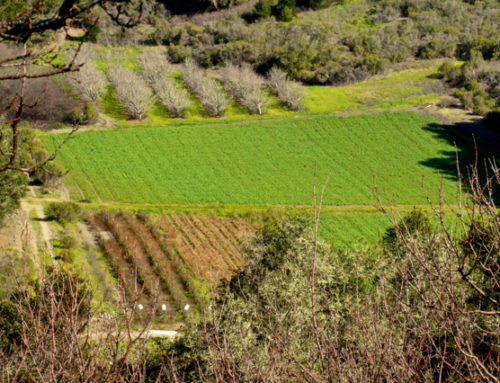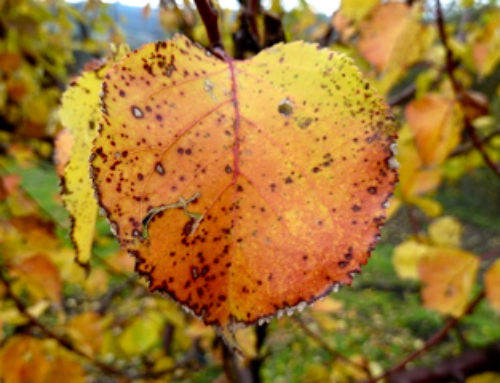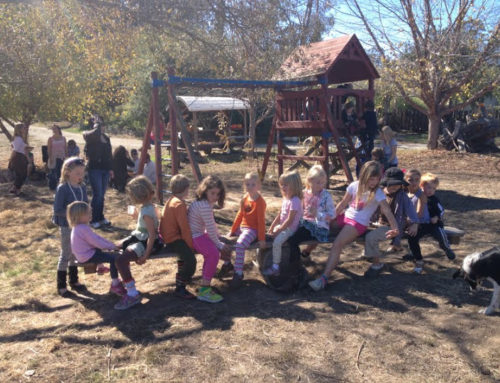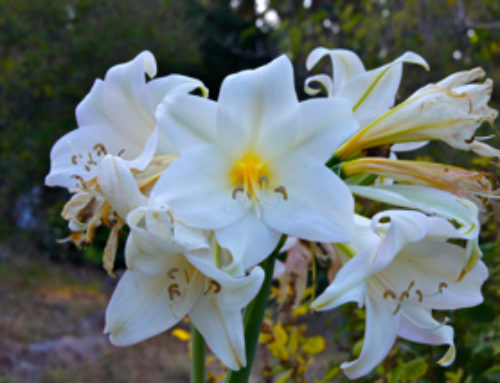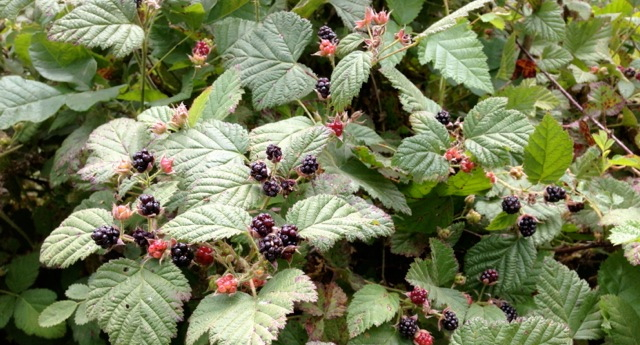
Native Blackberries; Rubus Ursinus
On a farm walk with friends and family this weekend we discovered that many of the native blackberries growing in hedgerows and the understory of our oak woodlands are filled with ripe berries. Unlike the adjacent cultivated field varieties growing in neat domesticated and trellised rows, the native blackberries grow wild among a thicket of other native plants such as Coyote brush, Coffeeberry, Mugwort, Monkey flowers, California Lilac, Sage and many others.

Native blackberries in oak woodland
To pick a handful of these berries may require a series of bends and twists to avoid touching the poison oak or getting pricked by thorns, but it’s worth the effort. Native wild blackberries are a bit more tart and they have a unique bouquet of subtle flavors unlike any of their more domesticated cousins.

Native blackberries and poison oak.
Wild blackberries are never really measured in monetary terms (like price/pound), they are not traded in the marketplace in exchange for paper, they grow wild and are offered freely. As I look down the path where our cultivated patch of blackberries is growing, it strikes me how much of our food production is caught up in the economics of profit and loss, often forgetting to include the value of wilderness in the overall equation.

A happy berry picker.
To gather and taste something that grows wild, uncultivated by any human hand or machine, is a special experience. Most of us are accustomed to thinking of food as a packaged commodity and we forget that the crops we grow have a wild ancestry, which over thousands of years farmers have selected to become today’s food crops.
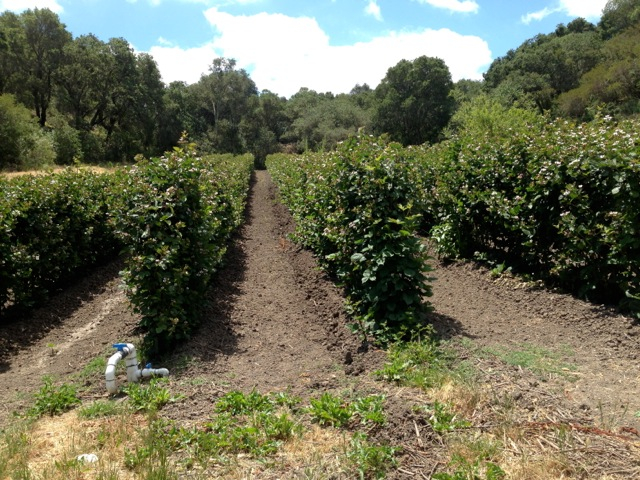
Cultivated blackberries in rows.
Unlike most of our field crops that grow in rows and straight lines, in nature the general pattern is much more random and chaotic, overflowing with curves, corners, knots, and unpredictable twists and turns. Don’t get me wrong, I love the sight of weed-free “linearity” in the fields, it gives a pleasant sense of controlled organization, and straight rows are testimony to a job well done, especially in front of your fellow farmers. In farming we temporarily trick nature into a predictable pattern, to influence the natural process in our favor so that we can enjoy the beauty and bounty of nourishing foods.
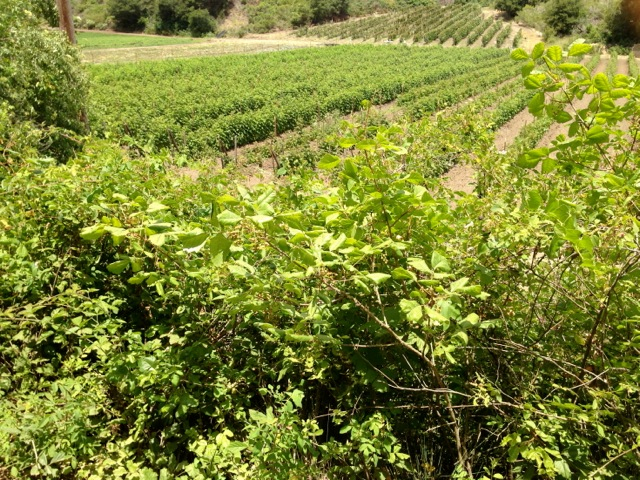
Native blackberries in foreground. Cultivated berries in background.
After picking the wild berries, I walk down the path to taste the first Ollalieberries and it gives me an appreciation of both the wild and the domesticated environments that live side-by-side here on the farm. Both are interdependent and important to manage together.

Cultivated blackberries at top. Native blackberries at bottom.


